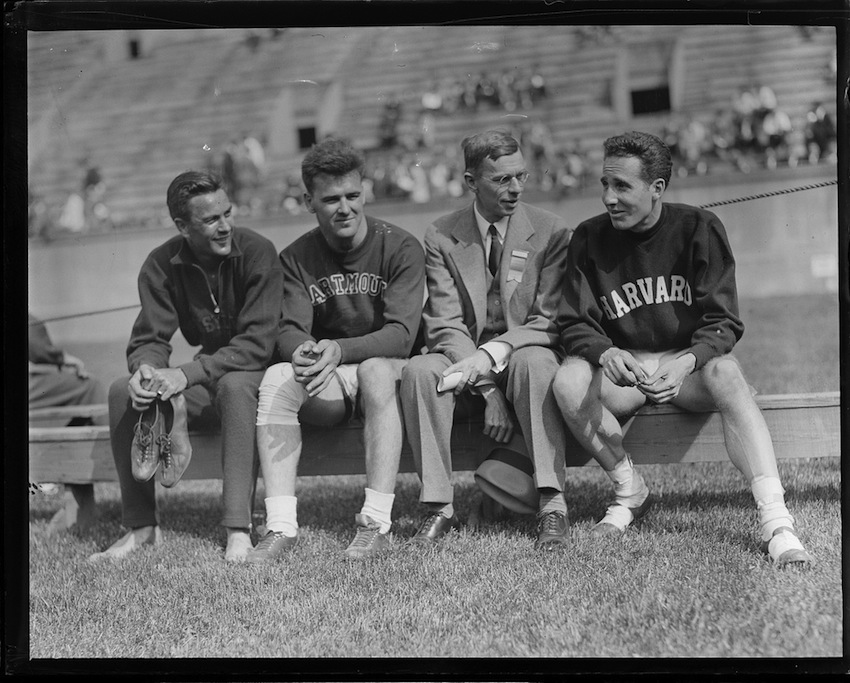Throwback Thursday: The SAT’s In-State Origins
In the 1930s, Harvard President James Bryant Conant went looking for way to predict the college performance of Harvard applicants. He settled on a newly created exam known as the Standardized Aptitude Test, or the SAT.
Fast-forward 80 years, and high school juniors might have much to say to James Bryant Conant, little of it grateful. We are still arguing over the repercussions of that choice. One recent study looking at schools where the test is optional, found “trivial” differences in college performance between students who had sent their school an SAT score and those who had not. Perhaps because of criticism in that vein, the College Board on Wednesday announced a huge overall to SAT exams. Now, among many other changes, the exam won’t test “obscure” vocabulary words but instead focus on more technical vocab likely to come up in college courses. The SAT has become so massively important that these changes are the stuff of New York Times breaking news alerts.
As with so many trends in higher education, the SAT’s origins are right here in Massachusetts. This “heavy reliance of selective colleges on the SAT,” writes Jerome Karabel in his history of college admissions The Chosen, “may be traced in good part to Conant’s ideas and actions during his tenure as president of Harvard.” Conant turned to the SAT because he wanted to increase the geographic diversity of Harvard’s student body and make admissions more meritocratic, Karabel recounts. He decided to give out a few scholarships each year and used a test to predict which students deserved them.
Princeton professor Carl Campbell Brigham had recently created the SAT based on a similar aptitude exam used by the military. He had intended universities to use it on already admitted students to guide their offerings, but Harvard settled on it for their separate purpose: to sort through scholarship applicants. The details of the test as these 1930s high school students took it will still seem familiar today. Students took a math and a verbal section, then tests on various specific subjects. One big difference: the scores were sent only to colleges, not to the student. Harvard got what it wanted: a glimpse into how students would perform later in college. In just a few years, its popularity had expanded widely among colleges and prospective college students.
As its popularity as a tool for universities has broadened, though, its predictive skills have come into question. Students started receiving their scores in the era after Sputnik’s launch in the 1950s when the nation became concerned with identifying gifted students. Armed with this knowledge, test takers began to notice that with preparation, they could improve their score. This suggested that the test didn’t merely measure innate intelligence, but how well one took the SAT. The “A” in the SAT originally stood for “aptitude” and in 1994, the College Board changed it to “assessment.” Later, as Elizabeth Kolbert recounts in a recent piece for the New Yorker, they scrapped the acronym altogether. Now, the SAT stands for nothing. Such is its fame that we all know it without explanation. “Whatever is at the center of the SAT—call it aptitude or assessment or assiduousness or ambition—the exam at this point represents an accident,” Kolbert writes. “It was conceived for one purpose, adapted for another, and somewhere along the line it acquired a hold on American life that nobody ever intended.”
The College Board, of course, intends to maintain that hold, but to do so, it needs to constantly make itself useful to the colleges. The latest overall is one of many in the exam’s history aimed at improving the information it communicates about us to college admissions boards. If you find that a futile task, you can, as for many things, blame Harvard.



